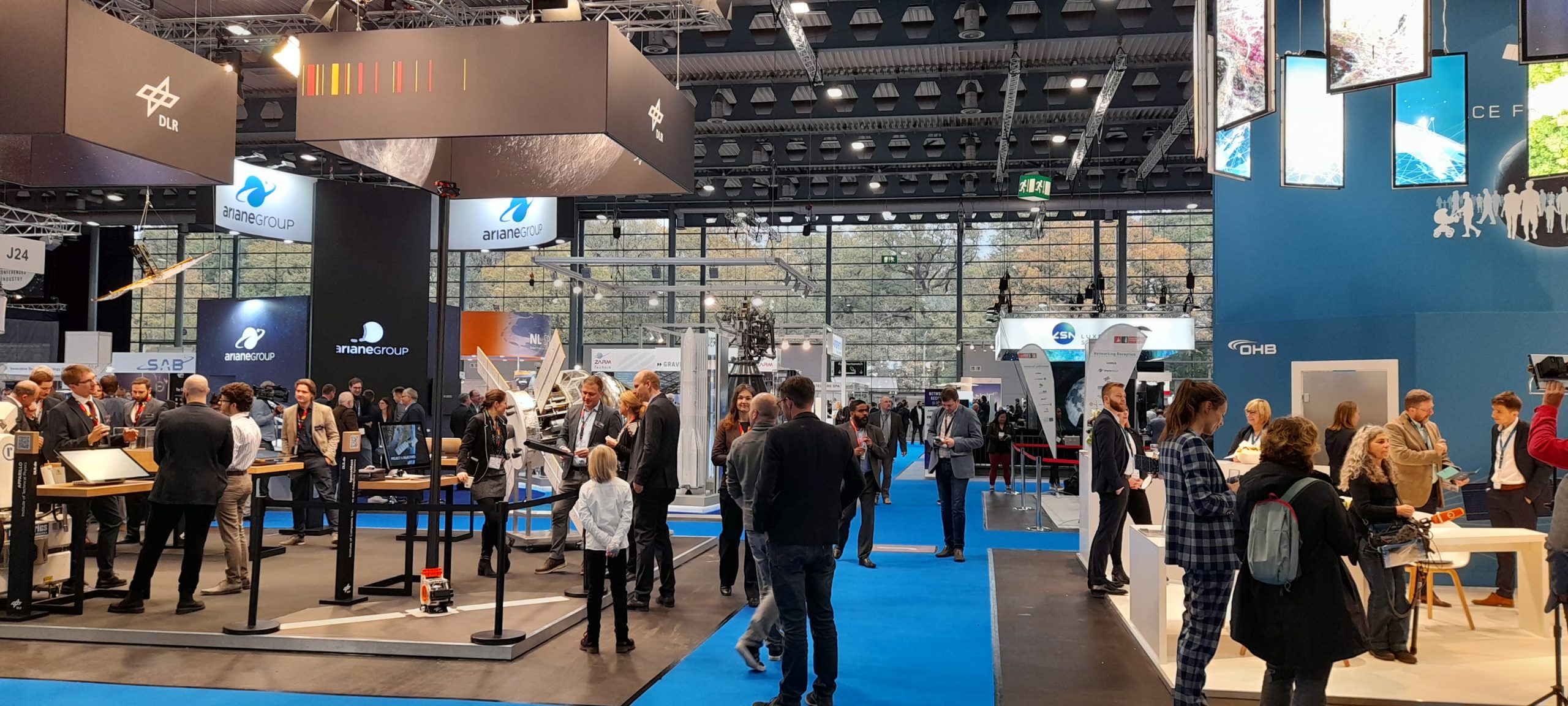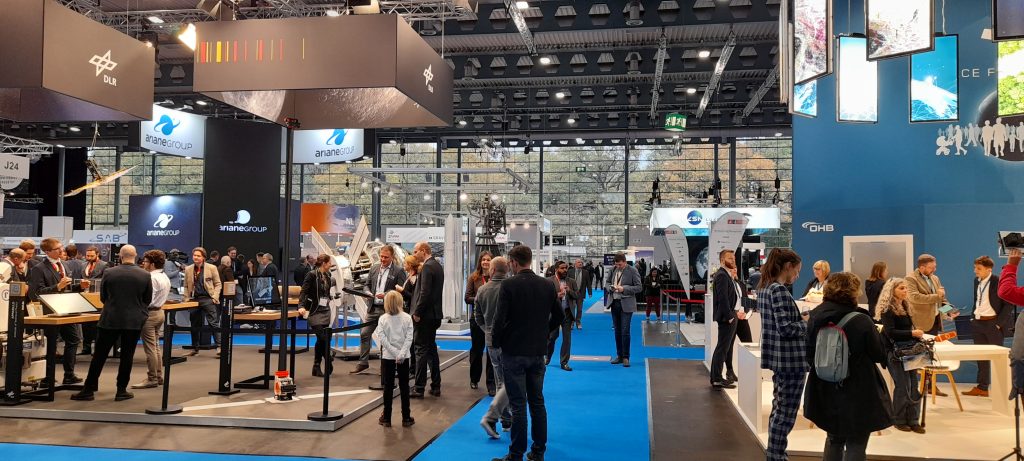Thanks to modern technology, global teams are more connected than ever. But does that mean they operate in a shared culture? On Episode 31 of The Satellite & NewSpace Matters Podcast, we were joined by Dr. Clemens Kaiser, the Chief Program Officer at Rivada Space Networks to talk about his experience of building global teams. Here’s what he said:
What has your experience of mentoring been like?
I’ve benefited from mentoring, and now I’m acting as a mentor myself. I’ve hired some former colleagues, some of whom had already retired, and I told them to join us on a part-time basis as mentors. Now they’re giving back what they know from doing it over the last 30-year lifecycle.
Something I’m doing as a lecturer at the university in Munich is sitting down with students who are at the beginning of their 20s to talk about what’s going on in our world. I’m coming from a world which was purely instituted institutional space business, where there were only the big space agencies. Now, we are in an age of NewSpace and commercial space, which are completely new areas.
There are a lot of opportunities, especially for youngsters. They can choose to go to big established companies where they get a lot of good training, or join startups which are tough and a completely different way of working. Both paths have the same to the same objective of launching admission into space.

How do you create a culture that welcomes new people, and how do you identify the people who will help you take that culture forward?
What is the key to success? People acting as a team. When we do an interview, we ask, ‘Does he fit into the team? Does he fit into our culture?’ We recently did an internal workshop, and people gave us feedback that this is the most tremendous and fascinating team they’ve ever worked with. We looked at each other and said, ‘Yeah, but what have we done?’ Well, you do it automatically. Our way of thinking, the values that drive us, and the culture we are building all come together to help the team work together.
Everyone has a skill set. We are always together as a team, and no one is left behind. That comes from a leadership team of 10 original people, who then hired a combination of really experienced people who fit into the team. Now we can benefit from really good people coming from other large operators and constellations as well.
It’s about doing the right things. Having a clear direction helps the younger generation come in and keep the team glued together. Then you can plug in new people who feel immediately at home and accepted while taking on a high level of responsibility. Everyone is also asked to look around their own fence while thinking about the entire system.
How do you instil a team spirit in a global team?
When I started, it was before COVID-19, and we suddenly completely changed how we worked. We need to find the right balance now. It’s important to get people in one room in front of a whiteboard to brainstorm, work together and collaborate. We have a hybrid working model where we say that even people who are working abroad come in from time to time to spend time with the team.
We’ve built the kind of culture where people invite their colleagues to meet Tuesdays and Wednesdays in the office, come to meetings together, and do sales and non-technical stuff collaboratively. They get together for lunch or dinner, which is so important in these times. Some experts may have more reasons or justifications to work from abroad or in a remote setting, but mostly the stuff we are doing is really common. We are quite productive, and it works. Even when people need some time off, they stay connected, and they always love to come back because of the personal relationships they have.
To hear more from Clemens, tune into Episode 31 of The Satellite & NewSpace Matters Podcast here.
We sit down regularly with some of the biggest names in our industry, we dedicate our podcast to the stories of leaders in the technologies industries that bring us closer together. Follow the link here to see some of our latest episodes and don’t forget to subscribe.


















